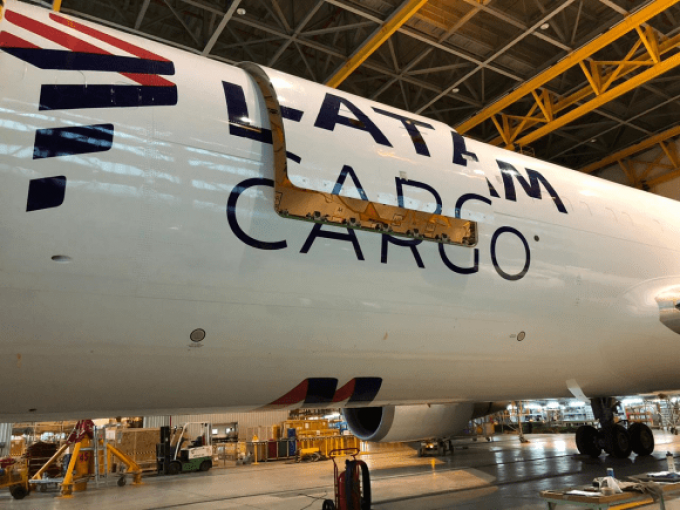Mexican air wave attracts carriers with an eye on 'nearshoring' cargo flows
Airfreight traffic in and out of Mexico keeps growing, buoyed by international carriers increasing capacity ...

The three largest air cargo carriers from Latin America are preparing to end their time in bankruptcy protection.
After LATAM, the region’s biggest player, filed its restructuring plan last Friday, the parent of Aeromexico submitted its revamped reorganisation proposal five days later.
Meanwhile, Avianca had announced that a US bankruptcy court had accepted its reorganisation plan, which will see the company domiciled in the United Kingdom.
According to Aeromexico, its revised proposal has the support of strategic partner Delta Air Lines and a ...
Outlook for container shipping 'more uncertain now than at the onset of Covid'
Transpac container service closures mount
Zim ordered to pay Samsung $3.7m for 'wrongful' D&D charges
Flexport lawsuit an 'undifferentiated mass of gibberish', claims Freightmate
Shippers warned: don't under-value US exports to avoid tariffs – 'CBP will catch you'
Cancelled voyages take the sting out of spot rate declines this week
New Houthi warning to shipping as rebel group targets specific companies
Blanked sailings in response to falling demand 'just a stop-gap solution'

Comment on this article